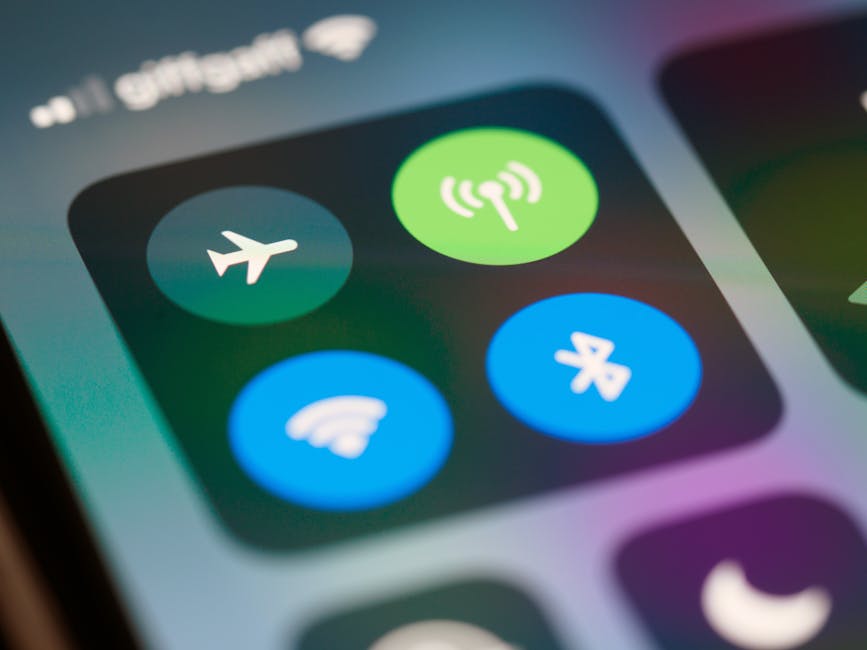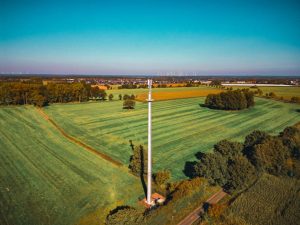TP-Link Unveils Wi-Fi 8 Prototype: A Leap Forward in Wireless Technology

As the dust begins to settle on the rollout of Wi-Fi 7, TP-Link has already turned its attention to the next frontier in wireless connectivity: Wi-Fi 8. In a recent announcement, the company revealed that it has successfully tested an early prototype of Wi-Fi 8 hardware. This breakthrough marks a significant step toward the future of networking, promising enhanced reliability, efficiency, and real-world performance that meets the demands of modern homes, businesses, and public infrastructure.
What Makes Wi-Fi 8 the Next Big Thing?

Pexels
Wi-Fi 8, officially known as the 802.11bn standard, builds on the foundations established by its predecessor but shifts its focus away from raw speed to more practical benefits like stability and efficiency. While Wi-Fi 7 has already set impressive benchmarks with multi-gigabit speeds and low latency metrics, Wi-Fi 8 aims to push these figures further by improving everyday throughput by approximately 25% in real-world scenarios. By operating across the 2.4 GHz, 5 GHz, and 6 GHz bands with a theoretical bandwidth of 320 MHz and top speeds of 46 Gbps, Wi-Fi 8 isn’t just about faster connections—it’s about smarter, more robust networking solutions tailored to today’s increasingly connected environments.
Game-Changing Features for Modern Connectivity

Pexels
TP-Link’s prototype hardware showcases built-in innovations designed to redefine wireless connectivity. Features like Enhanced Long Range (ELR) and Distributed Resource Units (DRU) extend the network’s range and optimize its resource use. Unequal Modulation (UEQM) is another promising feature, allowing multiple devices to maintain stable connections even under varying signal strengths. By prioritizing performance over sheer speed, these enhancements cater to crowded and interference-prone environments, such as dense apartment complexes and public venues, ensuring that everyone gets a reliable connection no matter the load.
This focus on reliability over flashy metrics aligns with feedback from major chipmakers like Qualcomm, who stress the importance of seamless performance, reduced latency, and better coordination in networks congested with connected devices. Wi-Fi 8’s enhanced stability could revolutionize how residential, commercial, and public networks handle the increasing demand caused by the proliferation of IoT devices, smart homes, and automation technologies.
Wi-Fi 8’s Potential Across Various Sectors

Pexels
In businesses, the introduction of Wi-Fi 8 could ensure the reliability of mobile operations that traditionally demand wired-level dependability. Picture a factory where collaborative robots and autonomous vehicles exchange real-time data for decision-making without interruptions—or a hospital leveraging secure, low-latency wireless systems for critical patient monitoring and surgical assistance. Wi-Fi 8 could turn these scenarios into everyday realities.
For everyday households, the technology promises to meet the increasing demands of smart home setups, from predictive automation systems to real-time health monitoring. In crowded urban neighborhoods, where interference often disrupts performance, Wi-Fi 8 could provide the dependable connectivity that ensures devices function smoothly, even during peak usage times.
Public venues like airports, stadiums, and transport hubs are also expected to benefit. Wi-Fi 8 could power critical systems such as emergency communications and surveillance while enabling real-time services like augmented reality (AR) navigation and live video streaming. Its seamless mobility support would significantly improve user experiences, even for thousands of connected devices in challenging environments.
When to Expect Wi-Fi 8?

Pexels
According to the Institute of Electrical and Electronics Engineers (IEEE), the Wi-Fi 8 standard is expected to be finalized by 2028, with consumer-grade hardware potentially appearing earlier. For now, TP-Link has not disclosed intricate details about its prototype, including its collaborators, though industry speculation points to major players like Qualcomm and Intel being involved in these early developments. While widespread adoption of Wi-Fi 8 is still a few years away, its emergence signals a future where wireless networks are not only faster but also more adaptable to the increasingly complex demands of modern lifestyles and industries.
In conclusion, Wi-Fi 8 represents a pivotal step forward in wireless technology, bringing with it the promise of improved connectivity across multiple sectors. By prioritizing stability and performance under real-world conditions, this innovation could reshape how we interact with technology in the home, office, and beyond.




